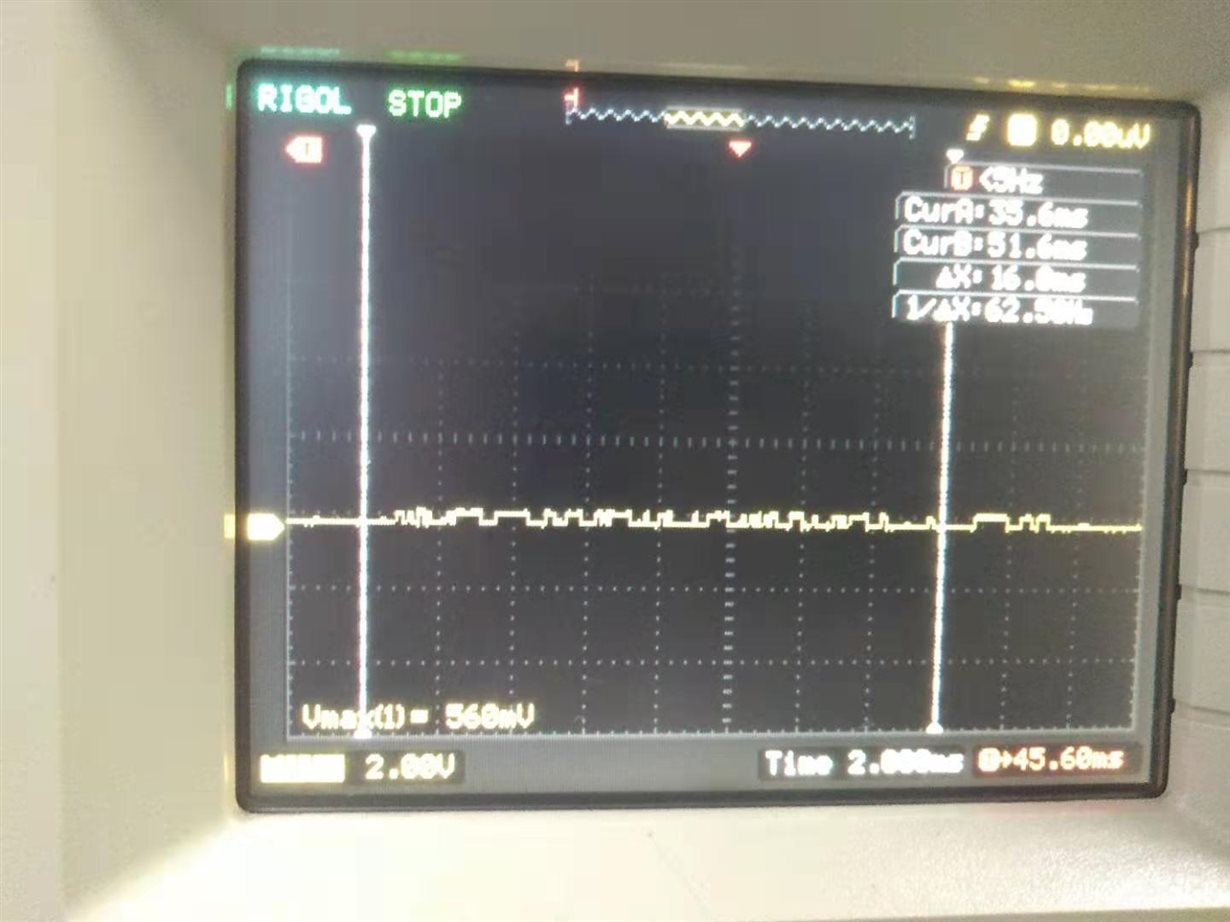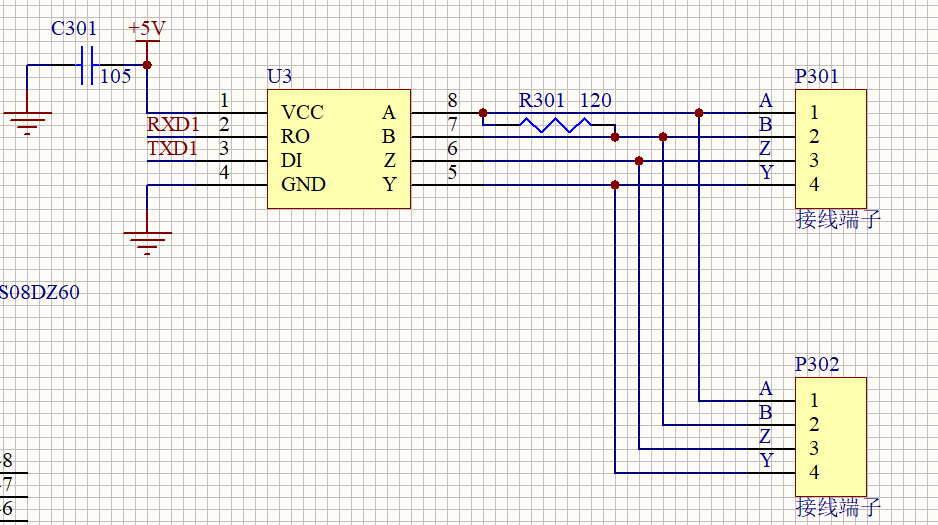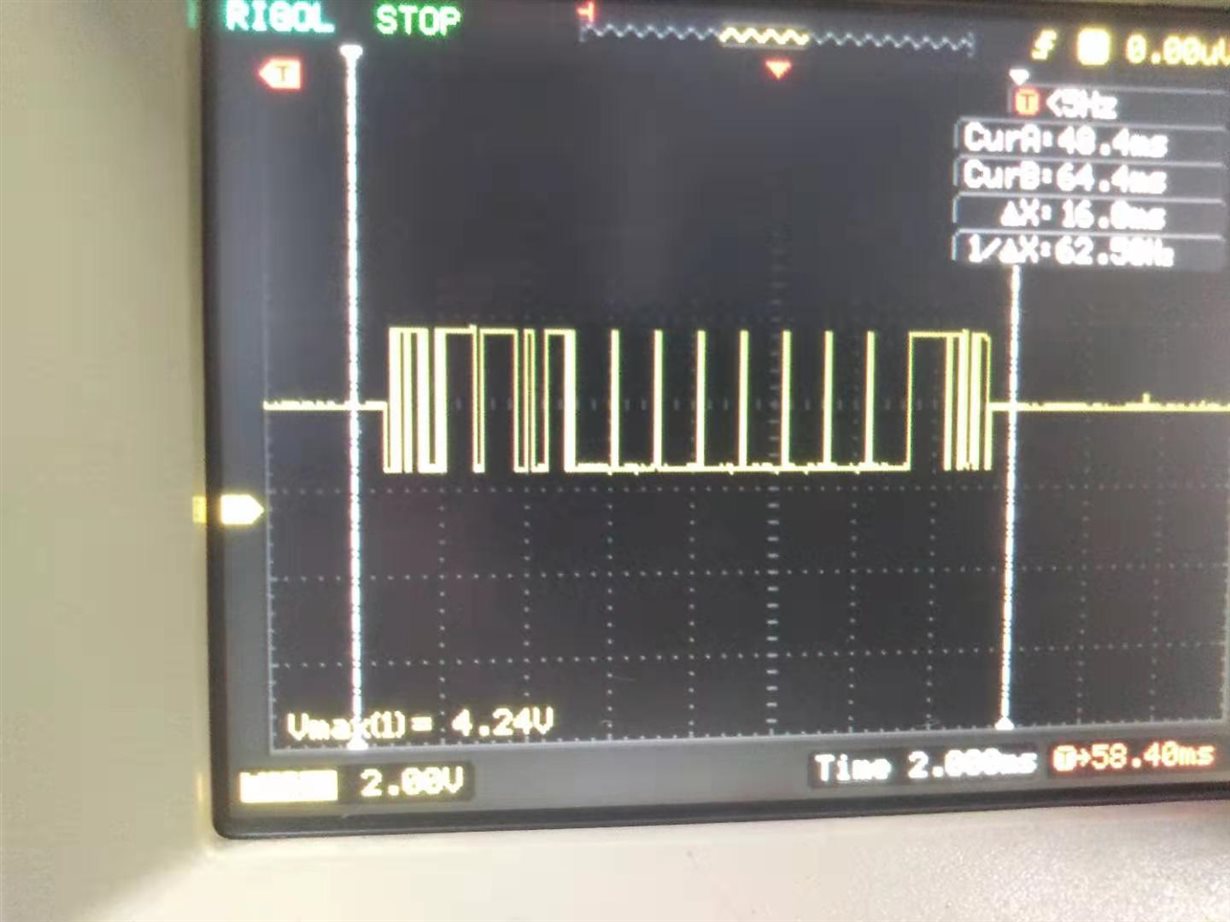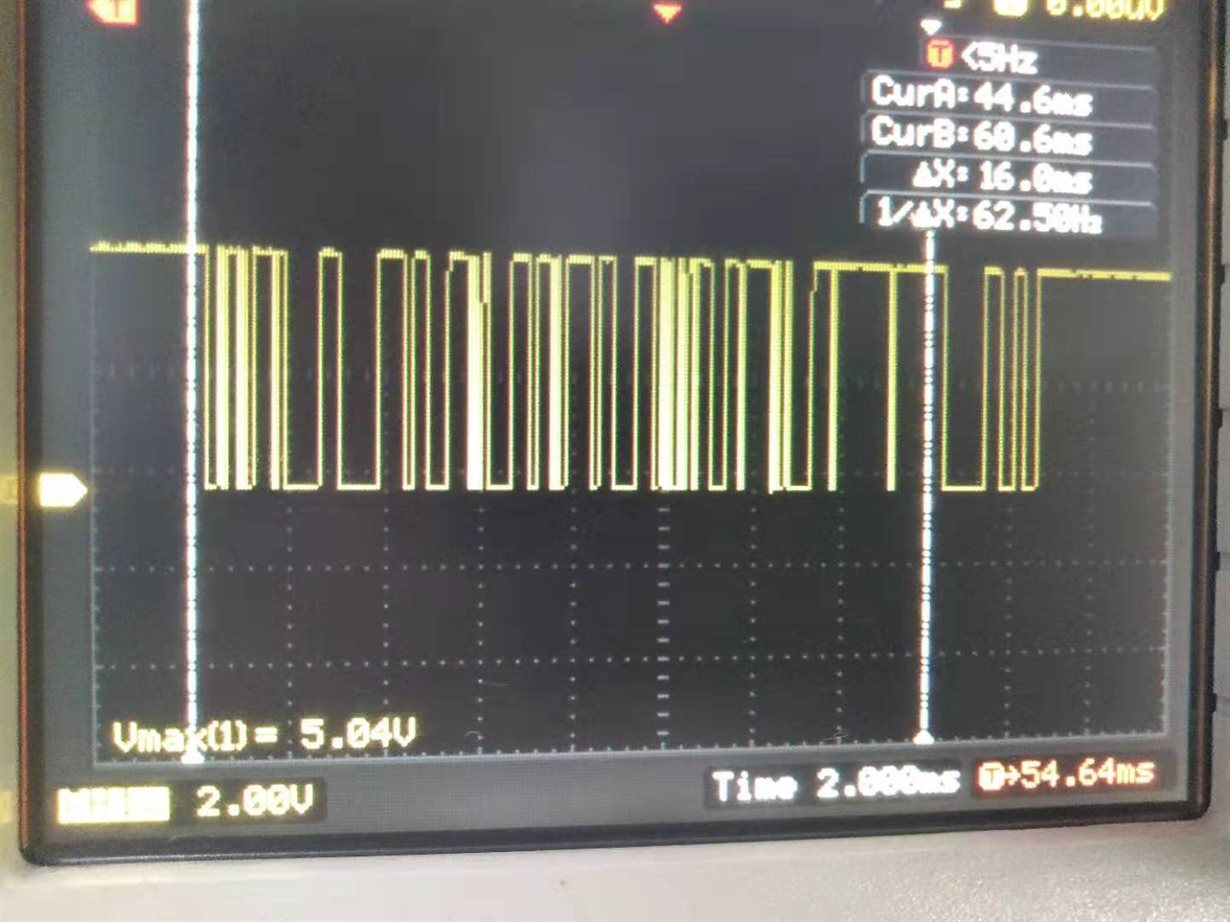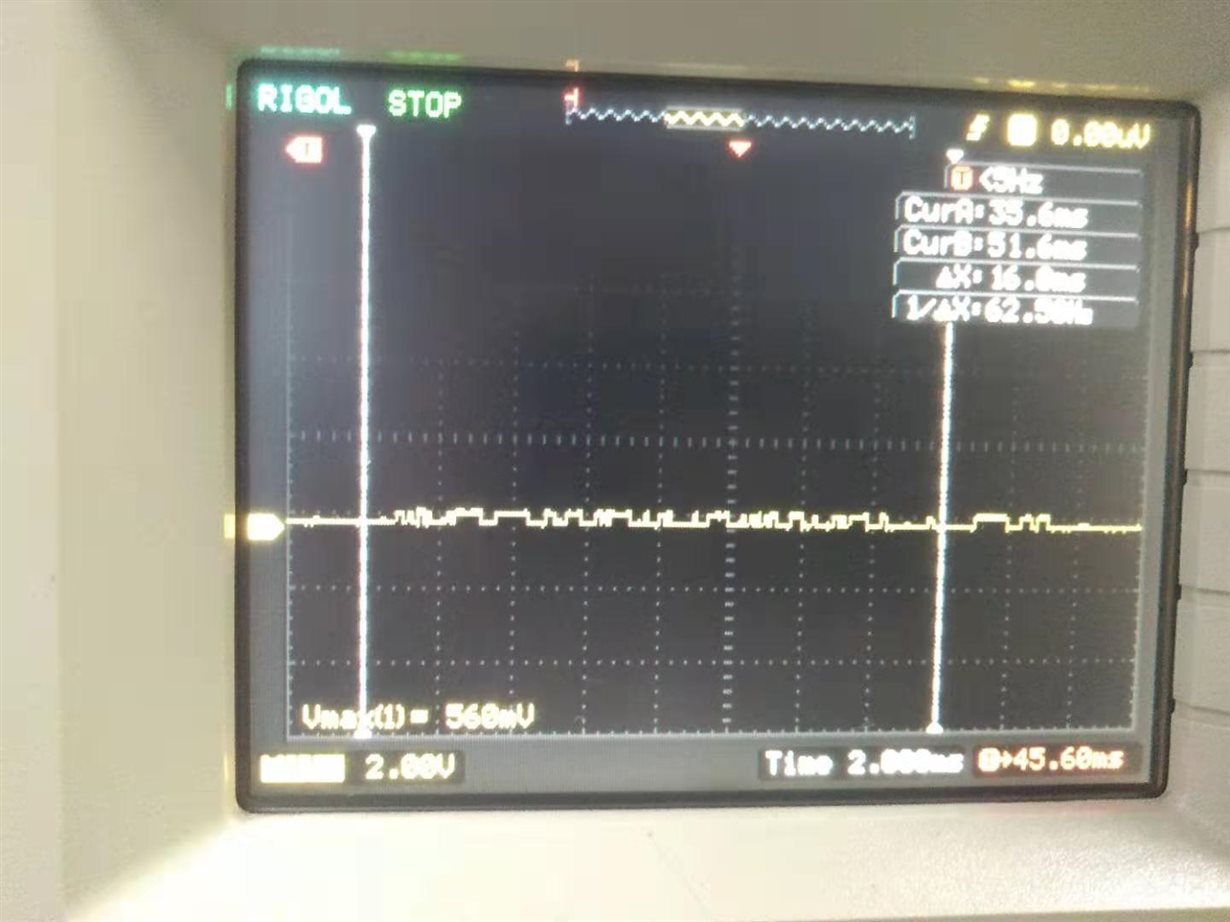Hi ,
Design with DS8921 for RS422 Communications, When the host communicates with one slave, it can send and receive data normally. When the host communicates with two slaves, the signal sent by the slave is pulled down (As shown in the picture), The host can not receive two slave feedback data.
Please help to solve this problem, Thanks!


